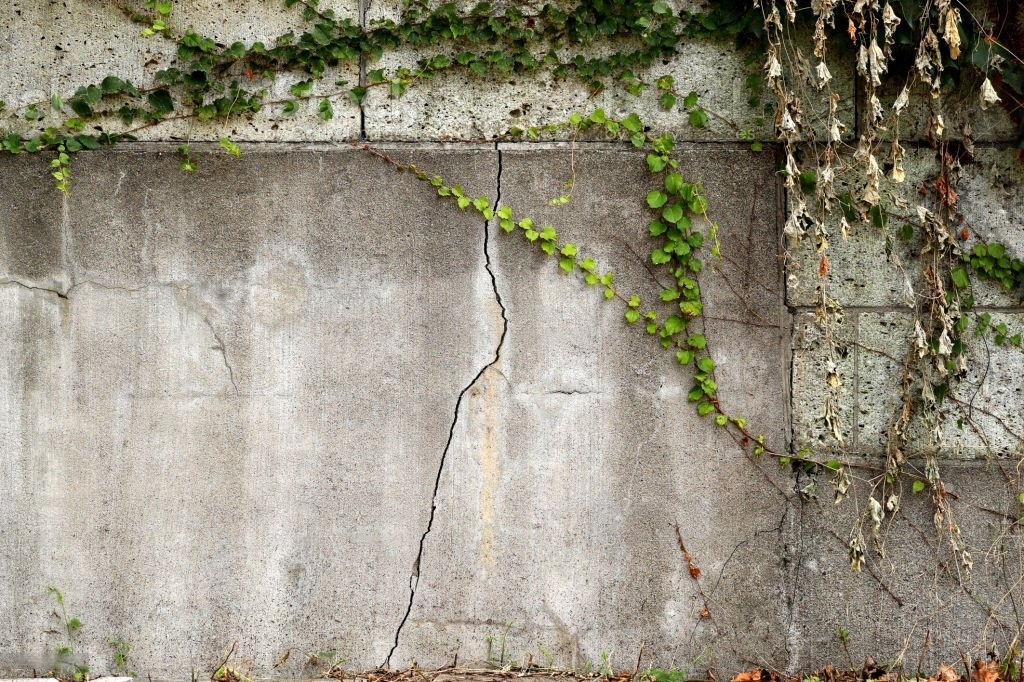If you need to repair a retaining wall, you can restore its functionality and enhance the visual appeal of your yard or garden. A stone retaining wall serves as a sturdy barrier to prevent soil erosion and can be a stunning centerpiece that enhances the natural beauty of your landscape.
However, even the sturdiest of retaining walls can succumb to the effects of time, weather, and other external factors. If your existing retaining wall is starting to show signs of wear and tear, consider repairing it before the damage becomes irreparable.
Fortunately, repairing a retaining wall is not as difficult as it may seem. With the right tools, materials, and know-how, you can quickly restore your partition to its former glory.
Some common signs that indicate the need for retaining wall repair services include bulging or leaning walls, cracked or loose stones, and water damage. If you notice any of these issues, taking immediate action is essential to prevent further damage and potential safety hazards.
We’ll walk you through the step-by-step process of repairing a retaining wall. From assessing the damage and gathering materials to laying the foundation and building the wall. Whether you’re a seasoned DIY enthusiast or a beginner looking to tackle a new project, this guide will provide all the information you need to get started. So let’s dive in and get started on repairing those retaining walls!
How To Build Small Retaining Wall?
A retaining wall is an essential structure that prevents soil erosion and keeps your landscape looking beautiful. However, over time, these structures can wear and tear, leading to the need for repairs. Repairing a retaining wall can be daunting, but it’s essential to ensure your wall remains sturdy and functional. In this article, we’ll explore the steps required to build a small retaining wall and provide tips on repairing a damaged retaining wall.
Building a small retaining wall requires careful planning and execution. The first step is determining the wall’s height and length and then gathering the necessary materials, including concrete blocks, gravel, and drainage pipes. Next, you’ll need to excavate the area where the wall will be constructed and install a base layer of gravel to provide adequate drainage.
Once the base layer is in place, you can start laying the concrete blocks, ensuring each layer is level and stable. Once the wall is complete, you can backfill the area with soil and plant your desired plants or grass to beautify the space.
If you have an existing that requires repair retaining walls, it’s essential to identify the cause of the damage. Common causes include water damage, poor drainage, and soil erosion. Once you’ve identified the issue, you can take the necessary steps to repair the wall, including replacing damaged blocks, adding drainage pipes, and installing a new base layer.
Building a small retaining wall is a rewarding DIY project that can enhance your landscape’s beauty and functionality. However, it’s essential to ensure the fence is sturdy and well-maintained to prevent damage and ensure its longevity. By following the steps outlined in this article, you’ll be well on your way to building and repairing your retaining wall with ease.
How To Install Retaining Wall Blocks?
Installing retaining wall blocks can be a challenging but rewarding DIY project that can add both aesthetic and functional value to your property. However, even the most well-constructed retaining walls can eventually require repair due to factors like soil erosion or shifting ground. In this guide, we’ll take you through the steps for installing retaining wall blocks and provide tips for repairing damaged retaining walls.
Before you begin, it’s essential to assess the scope of your project and determine whether you need to hire professional retaining wall repair services. While a confident DIYer can tackle some minor repairs, larger projects may require the expertise of a professional.
Assuming you’re ready to tackle the project yourself, here’s a general overview of the steps involved in installing retaining wall blocks:
- Plan and measure: Determine the height and length of the retaining wall, and plan for proper drainage.
- Prepare the site: Clear the area and create a level base for the retaining wall blocks.
- Lay the first course: Use a level and ensure the blocks are straight and level.
- Continue building: Stack the subsequent courses of retaining wall blocks, ensuring each layer is level and staggered.
- Backfill and finish: Fill behind the retaining wall with gravel and topsoil, and add finishing touches like caps or decorative elements.
Once your retaining wall is in place, it’s essential to monitor for signs of damage or erosion. If you notice any cracks, bulges, or other signs of wear and tear, addressing these issues as soon as possible is necessary to prevent further damage.
Repairing retaining walls can involve anything from simple patching to more extensive excavation and reconstruction. Again, depending on the scope of your project, it may be best to hire professional retaining wall repair services.
By following these steps for both installation and repair, you can ensure that your retaining wall remains a functional and attractive feature of your property for years to come.
How Much To Build A Retaining Wall?
If you’re considering building a retaining wall or need to repair an existing one. You might wonder how much it will cost. Retaining walls are an essential part of many landscapes. And they serve to prevent soil erosion and protect your property from damage. The cost of building or repairing a retaining wall will depend on various factors, including the size of the wall. The materials used, and the project’s complexity.
For those looking to repair a retaining wall, it’s important to note that delaying repairs. Can lead to further damage and cost in the long run. The good news is that there are many retaining wall repair services available. That can help you assess the damage and provide an estimate for the repairs.
When building a new retaining wall, costs vary widely depending on the materials used. Some popular options include concrete blocks, natural stone, and wood. Concrete blocks are the most affordable option, ranging from $10 to $15 per square foot. Natural stone is more expensive, ranging from $20 to $30 per square foot. Wood retaining walls are also an option, with prices ranging from $15-$25 per square foot. But they may not be as durable as other materials.
In addition to materials, the cost of building a retaining wall will also depend on the height of the wall. Taller walls require more materials and are more complex to make, which can drive up the cost.
Conclusion:
The cost of building or repairing a retaining wall can vary widely depending on the size. Materials used, and project complexity. If you’re considering a retaining wall project, it’s essential to consult with a professional. And obtain an estimate to ensure that you have a realistic idea of the costs involved.





